Deep Unsupervised Domain Adaptation for the Cherenkov Telescope Array
Deep learning thesis applied to astrophysics (GammaLearn)
| Author | Under the supervision of |
| Michaël Dell'aiera | Thomas Vuillaume (LAPP) Alexandre Benoit (LISTIC) |

Presentation outline
- Introduction to gamma-ray astronomy, principle of detection and workflow
- Domain adaptation
- Application to simulated data
- Conclusion, perspectives
Introduction to gamma-ray astronomy, principle of detection and workflow
Gamma-ray astronomy
Principle of detection

γ-PhysNet

The challenging application to real observations

The challenging application to real observations

DOI 2203.05315

The reconstructed position is not centered on the actual source.
DOI 2108.04130
Domain adaptation
Set of algorithms and techniques which aims to reduce domain discrepancies.

State-of-the-art




[DOI 2009.00155](https://arxiv.org/abs/2009.00155)
Selection of the methods

[DOI 1505.07818](https://arxiv.org/abs/1505.07818)

[DOI 1803.10081](https://arxiv.org/abs/1803.10081) * Deep Correlation Alignment (DeepCORAL)
[DOI 1607.01719](https://arxiv.org/abs/1607.01719) * Deep Adaptation Networks (DAN)
[DOI 1502.02791](https://arxiv.org/abs/1502.02791)
Validation pipeline of our approach
→ Validation with figures of merit (focus of this presentation)
→ Detection of known gamma-ray sources (future work)
Upper and lower bounds
Best scenario
Training distribution = Test distribution
→ Perfect test conditions \ → The best performance to be observed
Worst scenario
Training distribution ≠ Test distribution
→ Degraded test conditions \ → The worst performance to be observed
Figures of merit for model evaluation

Figures of merit for model evaluation

Figures of merit for model evaluation

Setup
Train |
Test |
|
| Source Labelled |
Target Unlabelled |
Unlabelled |
MC

|
MC+Poisson(0.4) (MC*)

|
MC+Poisson(0.4) (MC*)
 Use labels to characterize domain adaptation |
Application to MC: γ-PhysNet + DANN

Application to MC: γ-PhysNet + DANN

Application to MC: γ-PhysNet + DANN
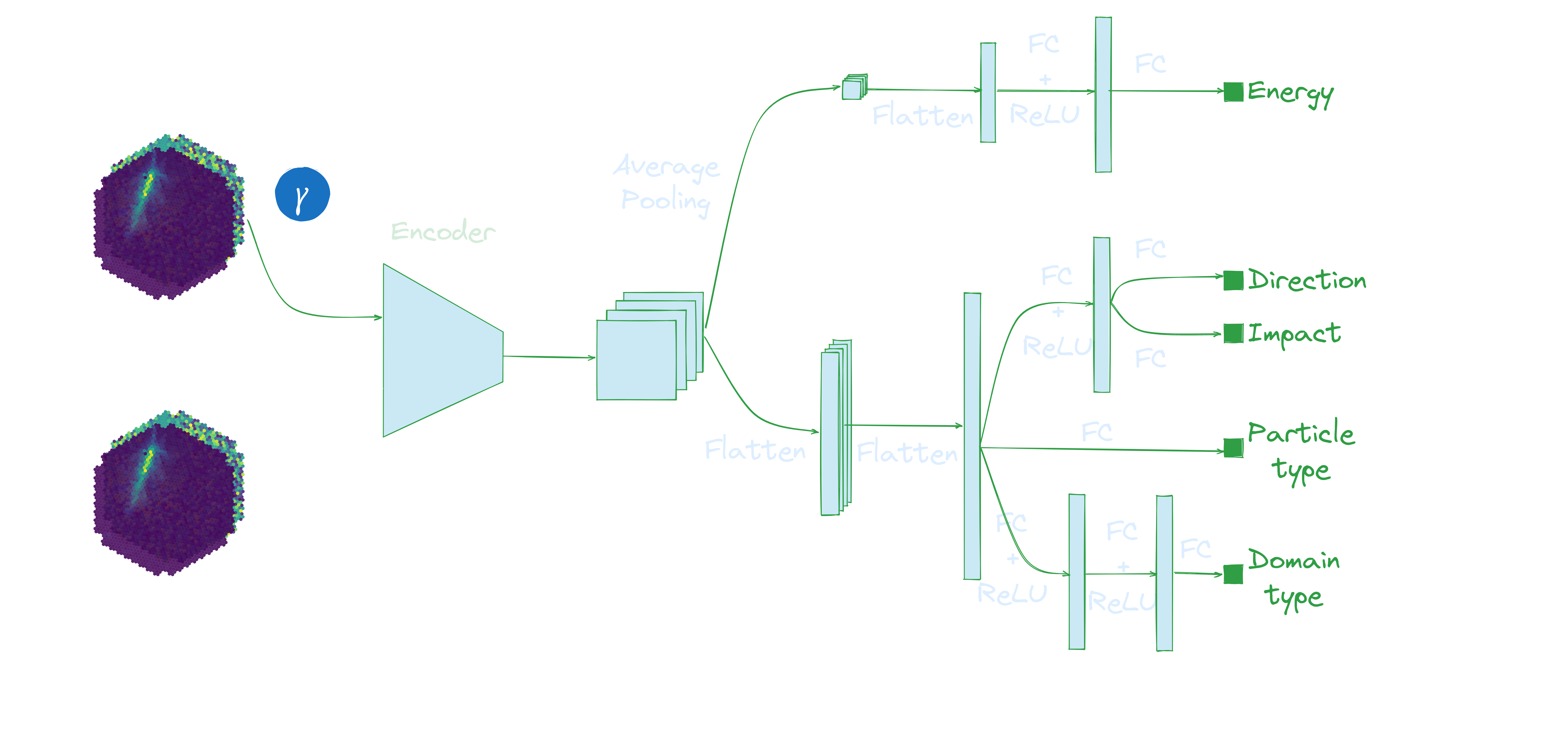
Application to MC: γ-PhysNet + DANN
Application to MC: γ-PhysNet + DANN
Application to MC
Application to MC
Application to MC
Application to MC
Application to MC
Application to MC
Application to MC: Angular resolution

Application to MC: Angular resolution
Conclusion & Perspectives
Acknowledgments
![]()
![]()
![]()
![]()
![]()
![]()
![]()
![]()
![]()
![]()
![]()
![]()
![]()

